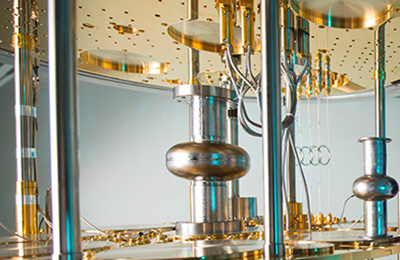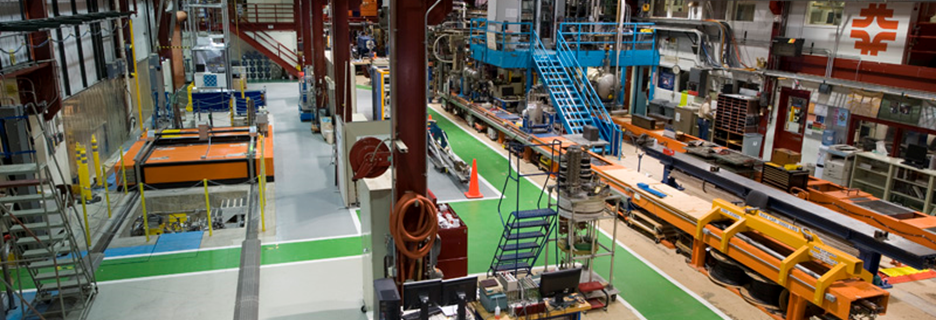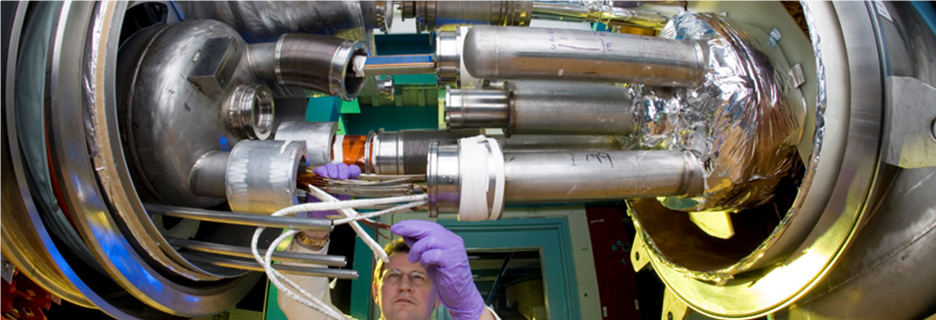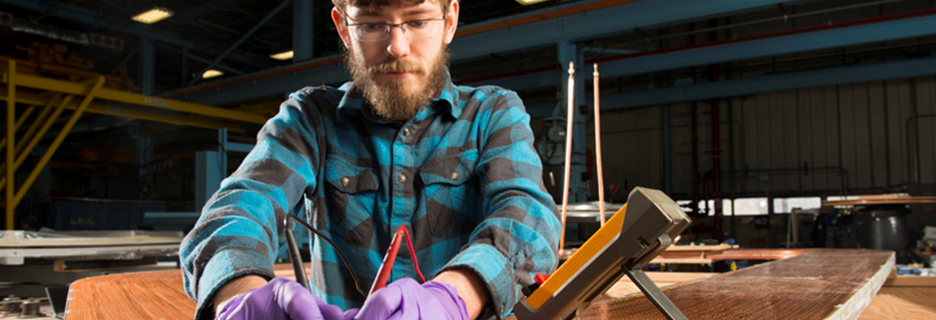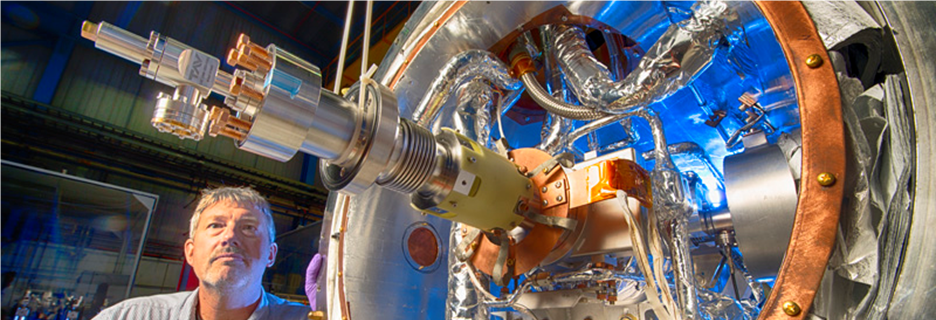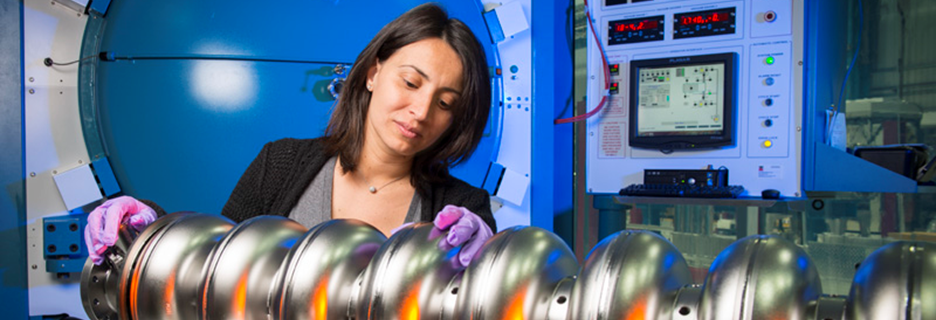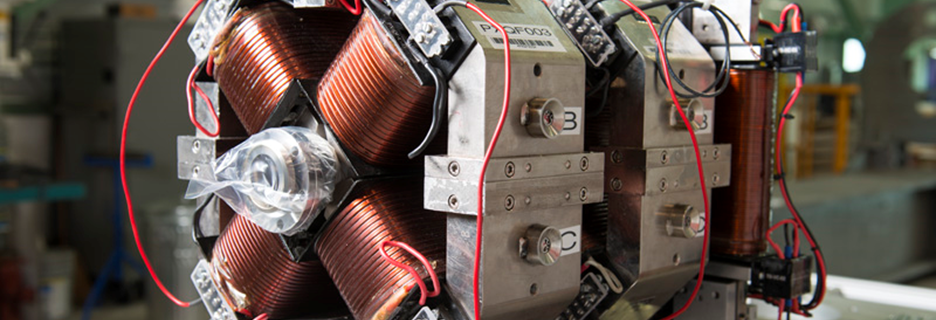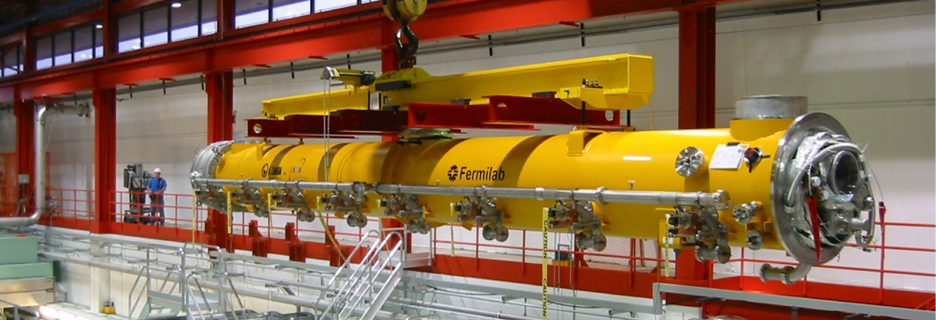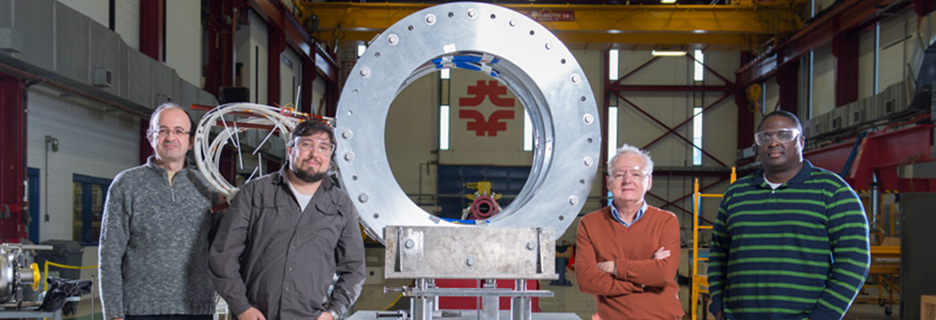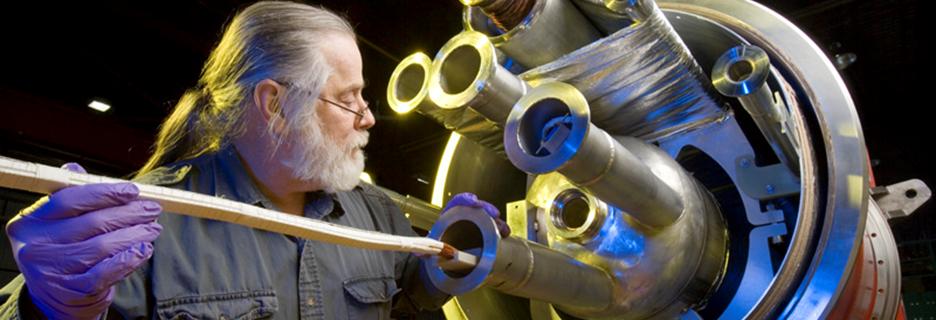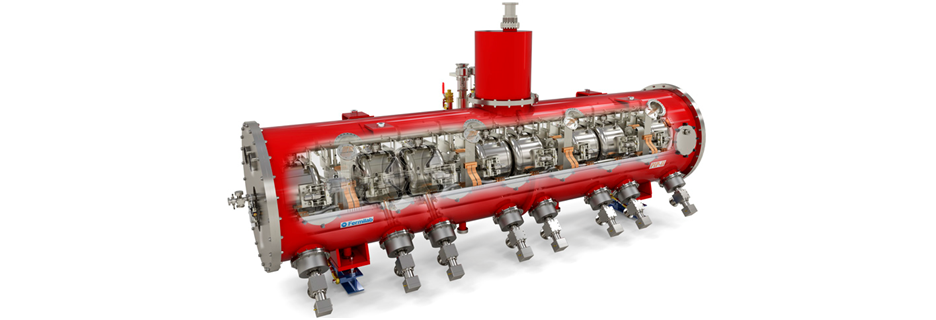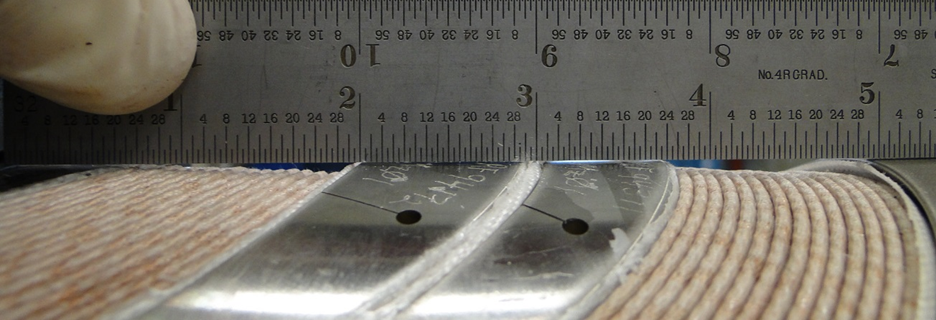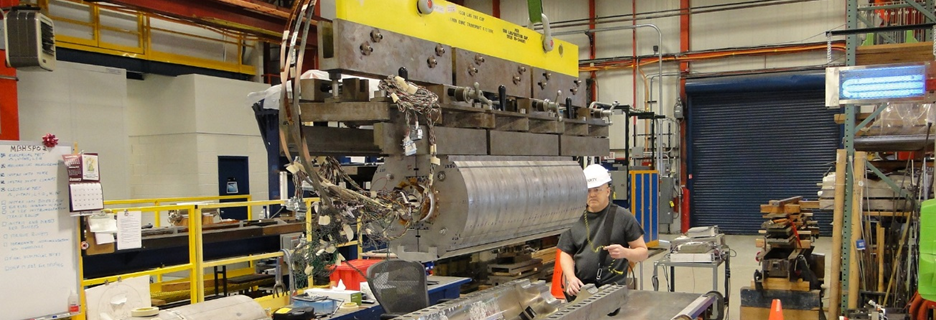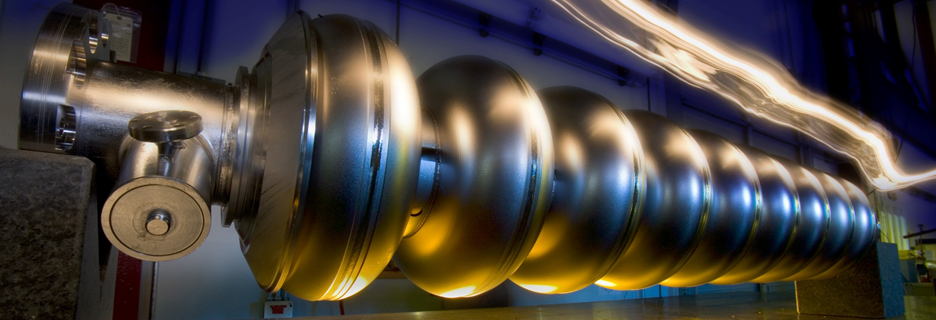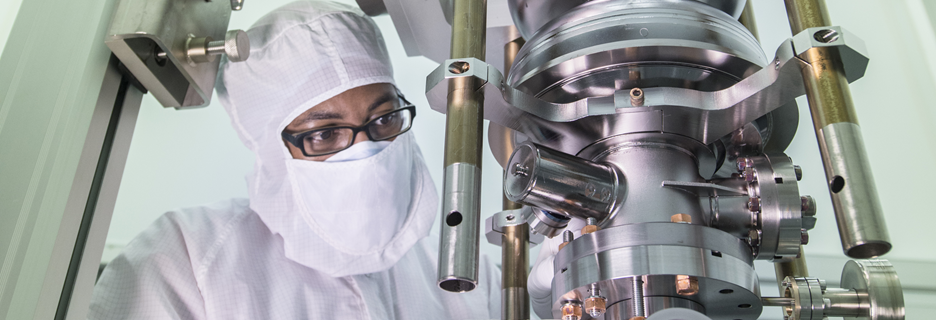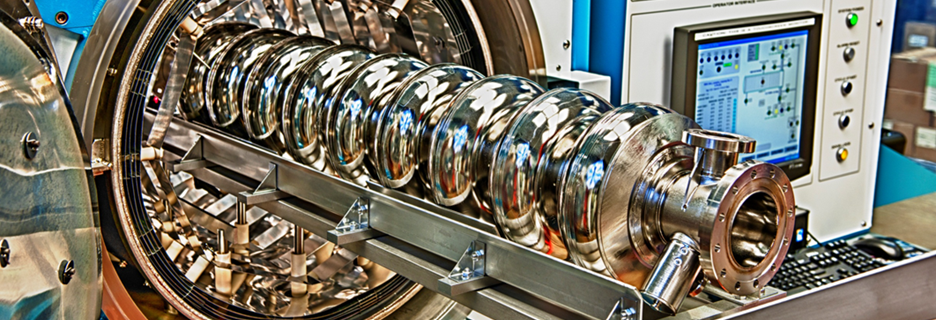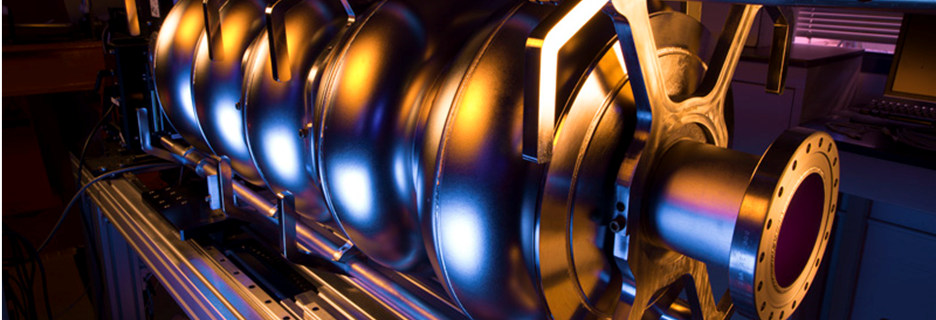Superconducting qubits are a leading candidate for scalable quantum information processing. The effective dipole moments of these circuits are large, enabling coherent coupling on nanosecond timescales. Complimentary research in coherence has resulted in more than five orders of magnitude increase in qubit coherence over the last two decades. With recent breakthroughs at Fermilab demonstrating SRF cavity lifetimes of seconds in the quantum regime (citation) this technology has emerged as an unequivocally scalable, coherent quantum technology. Several research groups have achieved single- and two-qubit gate fidelities that approach the operational performance for fault tolerance quantum computing in a two-dimensional surface code. However, the overhead of the surface code is immense: a practical factoring machine is expected to require over 100 million physical qubits far exceeding current state-of-the-art systems. While brute-force scaling with current technology has leading groups developing quantum processors on the order 100 qubits, much work remains. As such, present day investigations in the Noisy Intermediate Scale Era of Quantum (NISQ) are focused on assessing the computational utility in pre-fault tolerant quantum devices. A robust metric to assess computational utility is the quantum volume of a quantum processor. Current quantum volumes of cloud-based quantum processors are of order 32 while transformative use cases require quantum volumes in excess of 1015. Therefore, even though current devices are comprised of fifty, seventy, or more superconducting qubits their full computational utility is quite limited due to coherence and architecture structure. These limits can be fully addressed by utilizing high coherence SRF cavities to rapidly improve the quantum volume of a quantum processor.
Learn more about Fermilab’s quantum science and technology.
